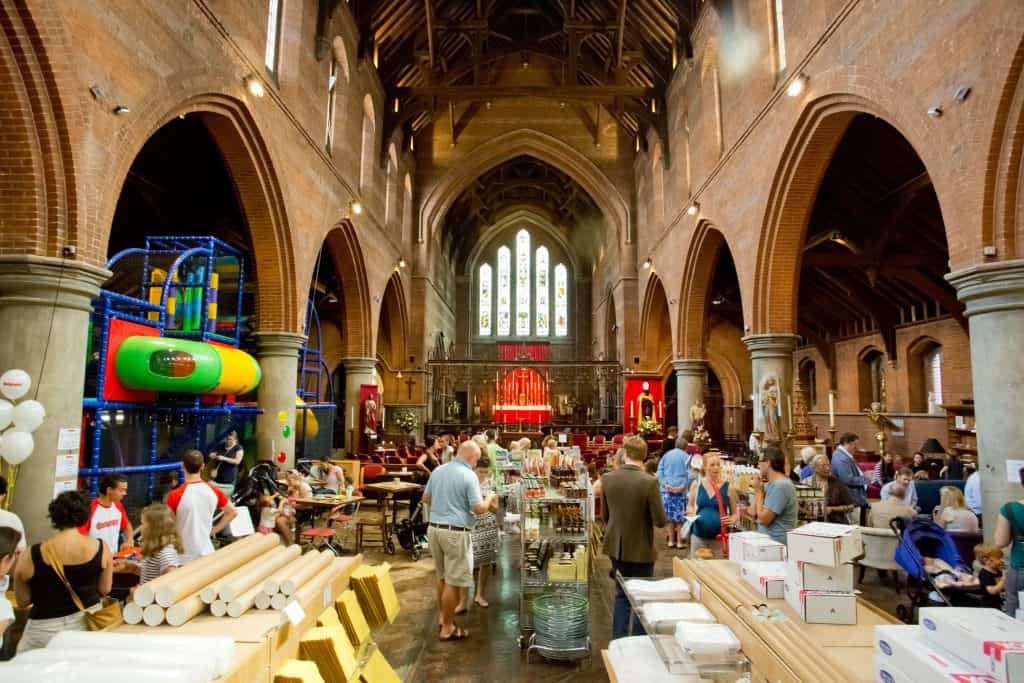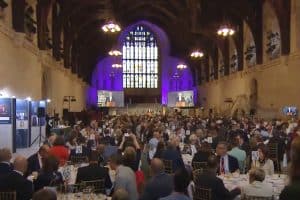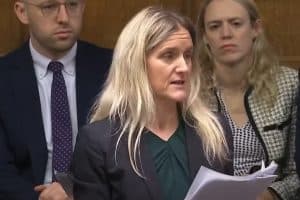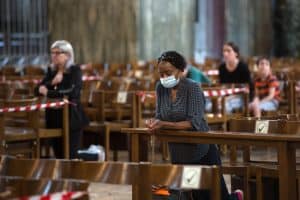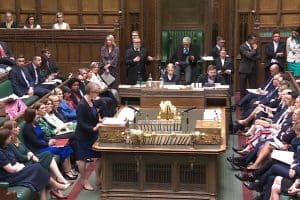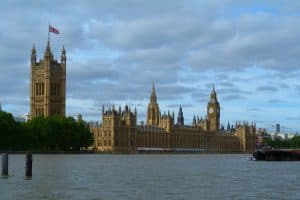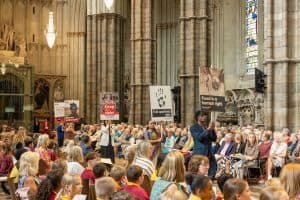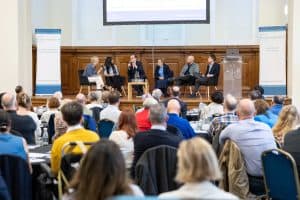By Rosie Dawson
A six-point plan, “Every Church Counts”, has been set up to save Britain’s church buildings.
The plan has come from the National Churches Trust, which distributes grants for the maintenance of church buildings at risk and campaigns for their preservation.
The trust, established in1953, says 6,000 churches have closed in the past decade and many more are now at risk. It is calling for £50 million of public funding to be made available every year for repairs and maintenance, a tourism strategy to boost church visiting, and support for the hundreds of thousands of volunteers who keep churches open. The six-point plan is listed here.
Churches can bid for funding through the competitive National Lottery heritage scheme. About 2,000 church buildings are listed and they can claim tax relief on their repairs. But with a £1 billion backlog of repairs for the Church of England alone, some ringfenced funding is essential, the trust says.
Sir Philip Rutnam, who chairs the trust, told a Religion Media Centre briefing that many people mistakenly thought the state was responsible for the upkeep of the country’s great cathedrals and churches.
“I think there is a general assumption that these buildings, because they’re so important, are paid for by taxpayers, but they’re not. They are paid for by local people. France is an interesting comparison: even though France is a very secular-minded state, almost all cathedrals and churches are owned by government.”
The trust’s action plan recommends keeping more churches open for more of the time outside worship times.
Churches are “our National Help Service” it says, providing places for the delivery of vital public and community services. Independent economic analysis commissioned by the National Churches Trust puts the economic and social value of churches to the country at £55 billion a year. It wants the government to encourage local authorities and the NHS to make more use of church spaces.
“Between 60 and 70 per cent of people, of all faiths and none, recognise that these are great buildings and can be used effectively for other things,” said Claire Walker, the trust’s chief executive, adding that more churches should also simply be left open to provide opportunities for quiet and reflection.
She told the briefing: “We need to recognise that if you can open a building, you don’t have to stay there all the time. The official insurance line is that it’s actually safer to open a building than to leave it locked up.”
The Church of England underwent a huge programme of church closures in the 1970s; 760 churches were closed between 1969 and 1979. The rate of closures has since slowed to about 200 churches lost over the past decade.
However, these are not spread evenly throughout the country. The Diocese of Liverpool is proposing the closure of 19 churches in Wigan. Bristol, on the other hand, has not shut a church since 2015, has reopened one that had previously closed, and has bought a building to be repurposed for worship.
The Bishop of Bristol, Vivienne Faull, told the briefing that the diocese was now investing in all its buildings irrespective of whether they were listed. “We have taken a strategic decision, because of an increasing population and also because we believe our churches are faith and community assets,” she said.
“We’ve also got the treasure of the volunteers, who are absolutely committed to keeping their places open.”
Bishop Vivienne — who is also one of two lead bishops on church buildings for the Church of England — said the church was working on a national strategy which would mean more support for poorer dioceses that were struggling to keep churches open.
Hundreds of buildings within the Church of Scotland are likely to shut over the next 10 years. Denominational splits during the 19th and 20th centuries means it has a surfeit of buildings, according to the Rev Scott Rennie, vice-chairman of the Presbyterian church’s general trustees, who expects the loss of up to 30 per cent of its stock.
While the church was determined to reinvest its remaining buildings to make them economically sustainable for the future, the Scottish government needs to be mindful of its responsibility for the country’s heritage, he said.
Mr Rennie believes Holyrood has been wary of getting too close to denominations because of Scotland’s history of sectarianism. “I think that’s fed into our culture, across the board, I don’t think we’ve been as good as we might have been forging partnerships together and recognising the value of these buildings and what they bring to the community,” he said.
Alex Glanville, head of property services for the Church in Wales — where 150 have closed in the past decade and a further 300 are likely over the next — said the decision to shut a church was never easy.
“There is pain every single step of the way,” he said. “There’s pain for the local people that have cared for that place that are having to make that very difficult decision. There’s pain for the clergy. Closures come about after an enormous amount of effort to try to keep things going. And that is just a deeply sad thing.”
There are unique challenges facing Roman Catholic churches. It wasn’t until 1791 that Catholics were legally permitted to build places of worship, so their Victorian and 20th-century buildings are just now beginning to need significant capital investment for repairs. But their eligibility for certain funding streams such as lottery grants is limited because of what canon law permits them to be used for.
“In the Catholic Church, an entire church is regarded as the sacred space, because of the presence of the reserved sacrament,” says Sophie Andreae, vice-chairwoman of the patrimony committee for the Catholic Bishops Conference of England and Wales. “There’s no getting around that.
“Catholic churches can’t be used for the sort of secular activities that these days many Anglican churches are used for… for example, helter-skelter rides, crazy golf layout and silent discos — and the most recent one, mums’ and toddlers’ groups.”
So where there’s an emphasis, for example, in some grants criteria, to provide activities within the church, that presents a big problem for Catholics.
Climate change has also increased the pressures faced by churches. The Church of England has set itself a target of net zero carbon emissions for 2030. Emily Gee, its director for cathedral and church buildings, said the Church Commissioners were spending £90 million to help churches achieve this target.
“A lot of this is providing advice and guidance … obviously with our own churches and cathedrals, but also that we hope that it can be applicable to other faith buildings, and indeed heritage buildings more widely. We’re trying to demonstrate leadership in this area, so that through investment everywhere in the country, everyone will be near a church which has achieved net zero status and can come to see what that looks like.”
Sir Philip was asked what the successful implementation of the trust’s plan would mean for church buildings in 10 years’ time. “First, that we don’t have a set of exhausted volunteers, but instead, the talk is about celebrating the amazing volunteers we have. We know that we’ve made their lives easier by doing some of the things we’ve talked about in this conversation,” he said.
He emphasised that some projects across the country over the past year had created buildings that were thriving. Now, he said, “the talk is about how many of them are thriving, not about how many of them are a problem”.
View the RMC briefing on our YouTube channel here

